Do you still have your water standing still and your aquatic animals unhappy in the aquarium? It can be quite a challenge to design a wave motion that will be perfect. When it comes to an aquatic environment, especially if you are an experienced aquarist, it is important to pay attention to wave maker flow.
Content Table
In this blog post, we shall look at what it means to be a wave maker, the ways that you can benefit from using a DC wave maker pump, and how you can create beautiful beach waves in your fish tank.
We will also overview the role of water flow in reef aquariums and give you real-life recommendations on timing the functioning of your wave maker. Prepare yourselves to take your aquarium to a whole new level and turn your fish tank into an exciting aquatic world.
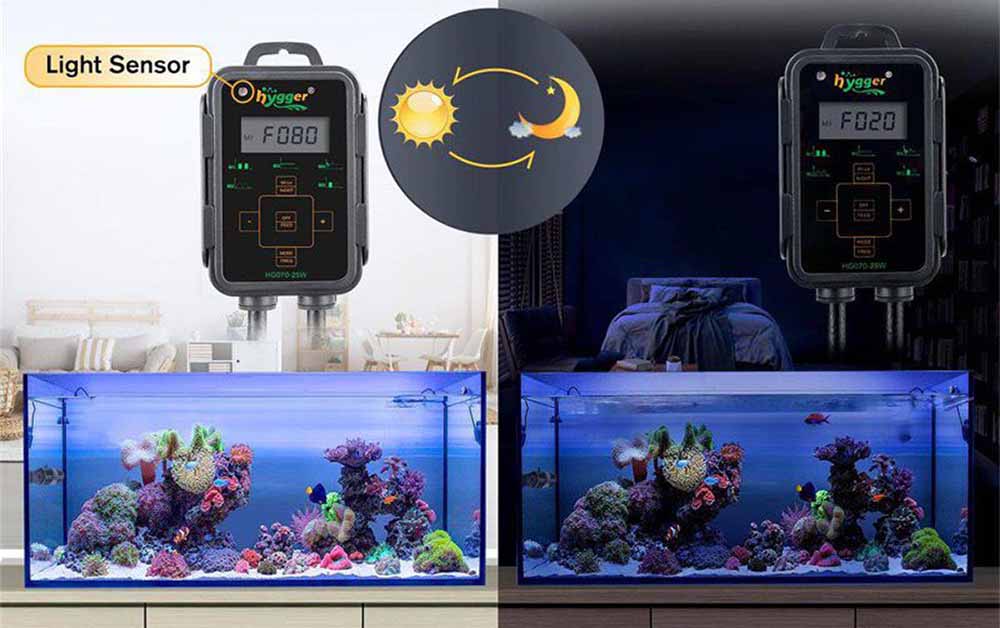
Make beach waves in aquariums
Proper Wave Maker Flow
Wavemaker flows are critical devices to generate water movement in tanks; it is important because they create a natural habitat for most fish and aquatic creatures.
They offer several benefits:
- Oxygenation: Enhances the water quality as oxygen levels are boosted.
- Water Circulation: Eliminates the formation of hot or cold spots, and enhances heat distribution, especially when there is a heater in your tank.
- Waste Removal: Assist in the distribution of wastes and keep it from accumulating too much in a specific area.
- Fish Health: Permits natural swimming actions that are beneficial to the fish, hence enhancing its health.
Various Elements that Can Influence Wave Maker Flow
- Tank Size: There is always a need to have stronger wavemakers in larger tanks.
- Tank Inhabitants: Fish and coral respectively require different flow rates.
- Tank Layout: The positioning of rocks, plants, and decorations influences water circulation.
- Desired Water Movement: Some people like slow water currents, while some like the water currents to be a bit faster.
Wave Maker Flow as Per the Different Tank Structures
Planted Tanks
- Gentle flow: This is because strong currents are unlikely to support plant growth, as they would dislodge any planted items.
- Focus on surface agitation: Enhance the rate of gas exchange for support of plant growth.
- Consider placement: Place the wave maker in a way that does not affect the fragile plants in the tank.
Fish-Only Tanks
- Moderate to strong flow: This varies with the type of fish and those areas favored for natural breeding activities.
- Vary flow patterns: Design various water flows that copy real-life conditions.
- Experiment with placement: Identify the correct position preferred for the required water flow direction.
Reef Tanks
- Strong and varied flow: Recreate Ocean currents to facilitate the growth and well-being of coral reefs.
- Multiple wave makers: Develop intricate flow patterns for various types of corals.
- Consider wave patterns: Make the pattern chosen randomly or sequentially to mimic real-life conditions.
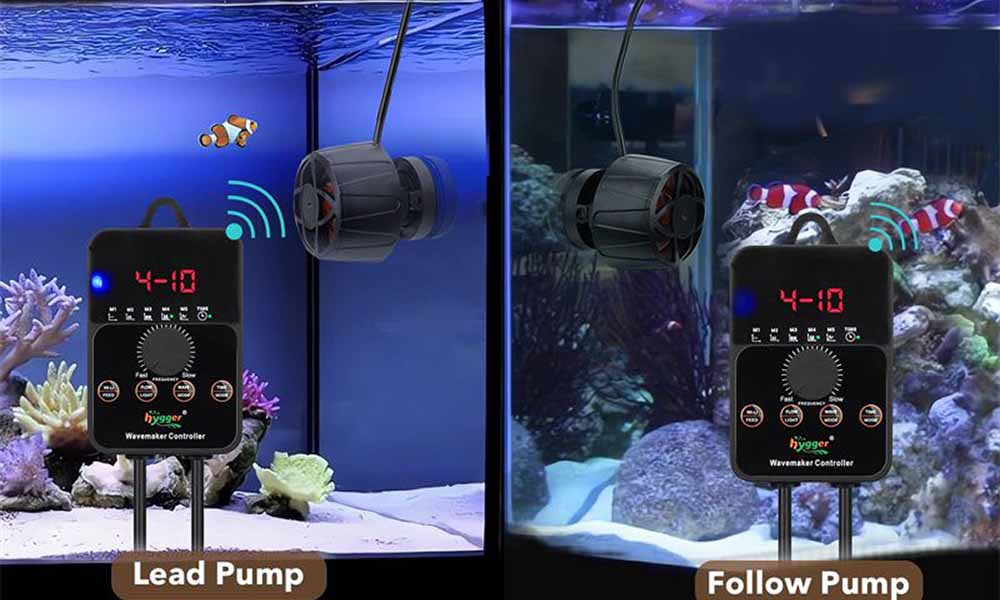
Joint wavemaker pumps
What is a DC Wave Maker Pump
A DC wave maker pump is a type of aquarium pump created for generating water flow that will resemble current waters. DC pumps are much more effective in their control compared to AC pumps which are used traditionally. They use direct current electricity, thus enabling them to run without any jerk or making any noise.
Introducing Hygger DC Wave Maker Pump
Turn your fish tank into a living aquarium with the hygger DC wave maker pump. It has a sophisticated system that provides accurate distribution of water to offer the right oxygenation and waste draining. Establish a sustainable underwater community for your sea friends.
Key Features:
- Brushless Motor and Sine Wave Technology: This combination ensures quiet operation and efficient energy use.
- 4-Blade Impeller: Creates powerful water movement for effective circulation.
- Customizable Water Movement: Offers various flow modes and wave patterns to suit different aquarium setups.
- External Controller: Provides precise control over flow rate, frequency, and scheduling.
- Night Mode: Automatically reduces flow during nighttime hours.
- Wireless Linking: Allows for synchronization with multiple pumps.
Working Principles:
| Power Supply | The pump is connected to a power source, converting AC power to DC power. |
| Brushless Motor | Delivers smooth and quiet operation. |
| Impeller | The 4-blade impeller rotates, creating water flow. |
| Water Circulation | The pump pushes water throughout the aquarium, creating currents and waves. |
| Controller | The external controller allows users to customize flow patterns and schedules. |
Benefits of DC Wave Maker Pumps
- Improved Water Quality: Enhanced circulation helps to distribute oxygen, remove waste, and maintain optimal water conditions.
- Enhanced Fish and Coral Health: Mimicking natural water movement promotes the well-being of aquatic life.
- Energy Efficiency: DC pumps typically consume less energy than their AC counterparts.
- Customization: Offers flexibility in creating desired water flow patterns.
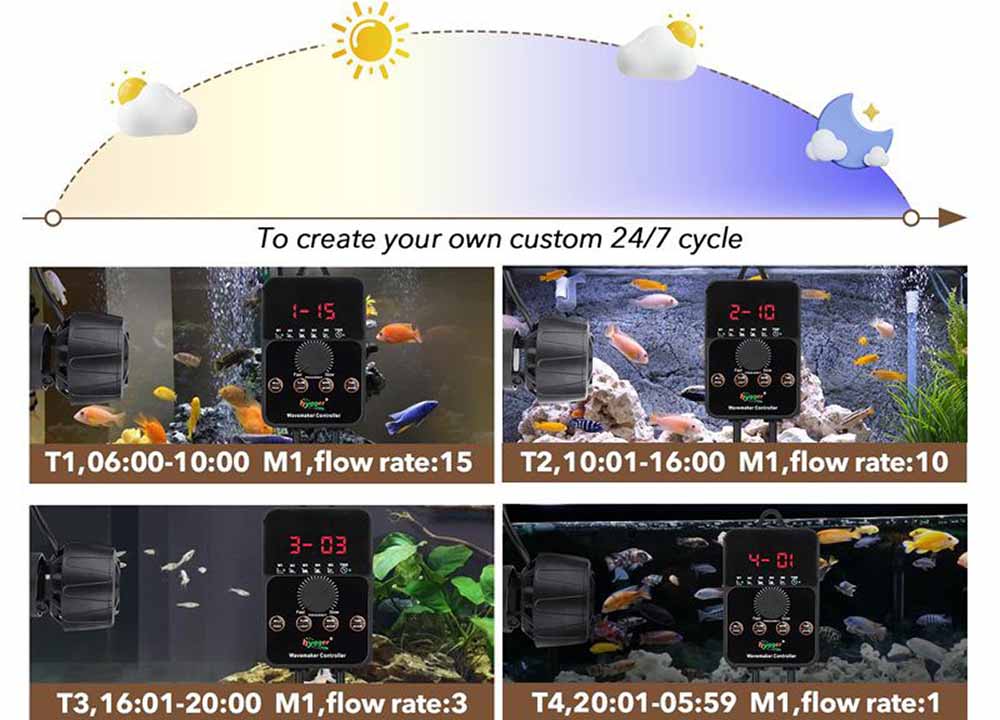
Wave maker flow
How to Make Beach Waves in Aquariums
By strategically placing and controlling multiple powerheads, you can create a dynamic and engaging environment for your aquatic pets. Here is how.
- Multiple Powerheads: To create natural-looking beach waves, at least two powerheads or a double-head wave maker are necessary.
- Alternating Flow: You should program your wave maker to switch on and off the power. This helps to create an up-and-down pattern that resembles the waves formed by the sea.
- Varying Flow Rates: Try adjusting the flow rate on each wave maker to produce natural wave patterns.
- Angle Adjustment: This shows that the position of the wavemaker can greatly affect the wave formation process. Tackle it at different angles, until the intended impact is made.
- Wave Timing: Use the powerhead activation interval to regulate the waves’ frequency and intensity.
Water flow in a Reef Aquarium
Water circulation in a reef aquarium is directed to the corals’ health and balance of the reef aquarium. Good water movement eliminates areas that could harbor negative compounds, helps in the dispersion of nutrients, and ensures the effective removal of wastes. It also helps in the growth of corals by providing them with the necessary nutrients and oxygen. In addition, adequate water flow facilitates the feeding of corals’ polyps and provides an environment similar to their natural habitat.
To achieve optimal water flow, consider these factors:
- Turnover rate: Aim for a high turnover rate, typically between 20 and 50 times the tank volume per hour.
- Wavemaker: Use multiple wavemakers positioned strategically to create varied flow patterns. Experiment with different placements to achieve the desired water movement.
- Gyre pumps: For larger tanks, gyre pumps can provide powerful and efficient water circulation. Or connect two inverter wavemaker pumps via wireless and set different waves in a controller.
- Coral placement: Consider the specific flow requirements of different coral species when positioning them in the tank.
- Flow patterns: Create a combination of laminar (smooth) and turbulent flow to cater to various coral types.
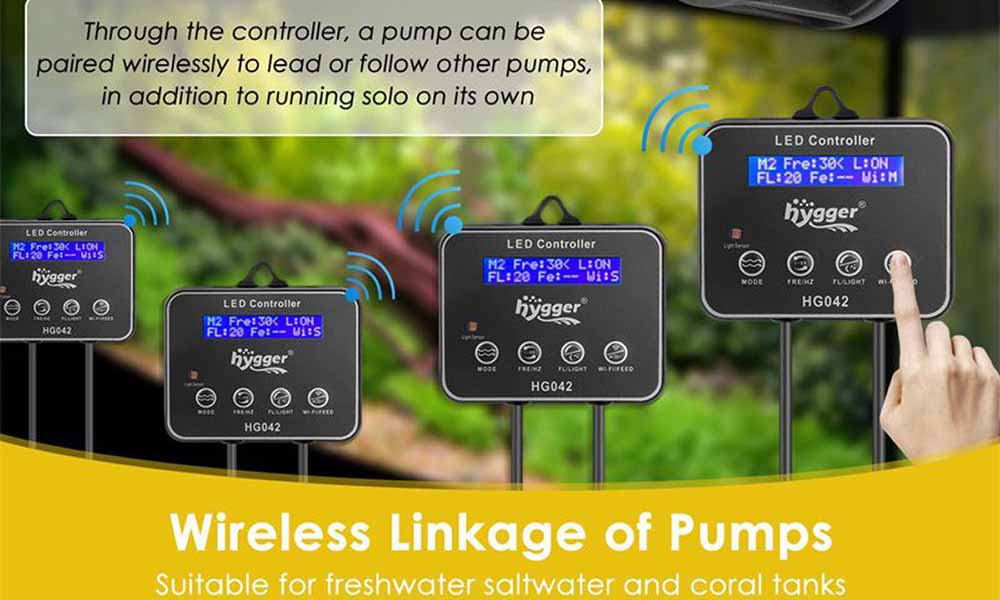
How Many Hours in a Day Should a Wave Maker Pump Run
Ideally, a wave maker pump should run 24 hours a day.
Consistent water flow is crucial for maintaining a healthy aquarium environment. It helps to:
| Oxygenate the water | Prevent dead spots |
| Distribute nutrients | Simulate natural ocean currents |
However, many wave maker pumps come with timers or controllers that allow you to customize the flow pattern. For example, you might choose to:
- Reduce flow at night: Some aquarists choose to reduce the rate during the period which is analogous to the nighttime in the tank.
- Increase flow after feeding: A short increase in flow after feeding can also help to prevent stagnation of the uneaten food.
In Closing
Controlling the water flow for an aquascape is the first approach towards becoming a good aquatic ecosystem builder. With the right choice of the wave maker and certain peculiarities such as the size of the aquarium, inhabitants, and the level of water movement, the owner can turn the aquarium into a unique and active natural space. It is always advisable to try out new things if you want to capture the best beach wave look, but not to forget the safety of the aquatic life.

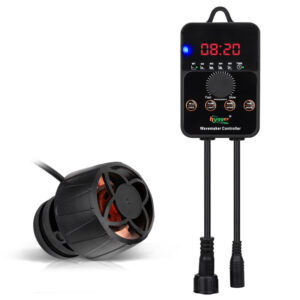
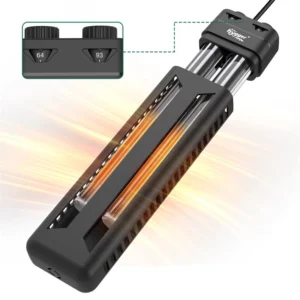
Leave a comment